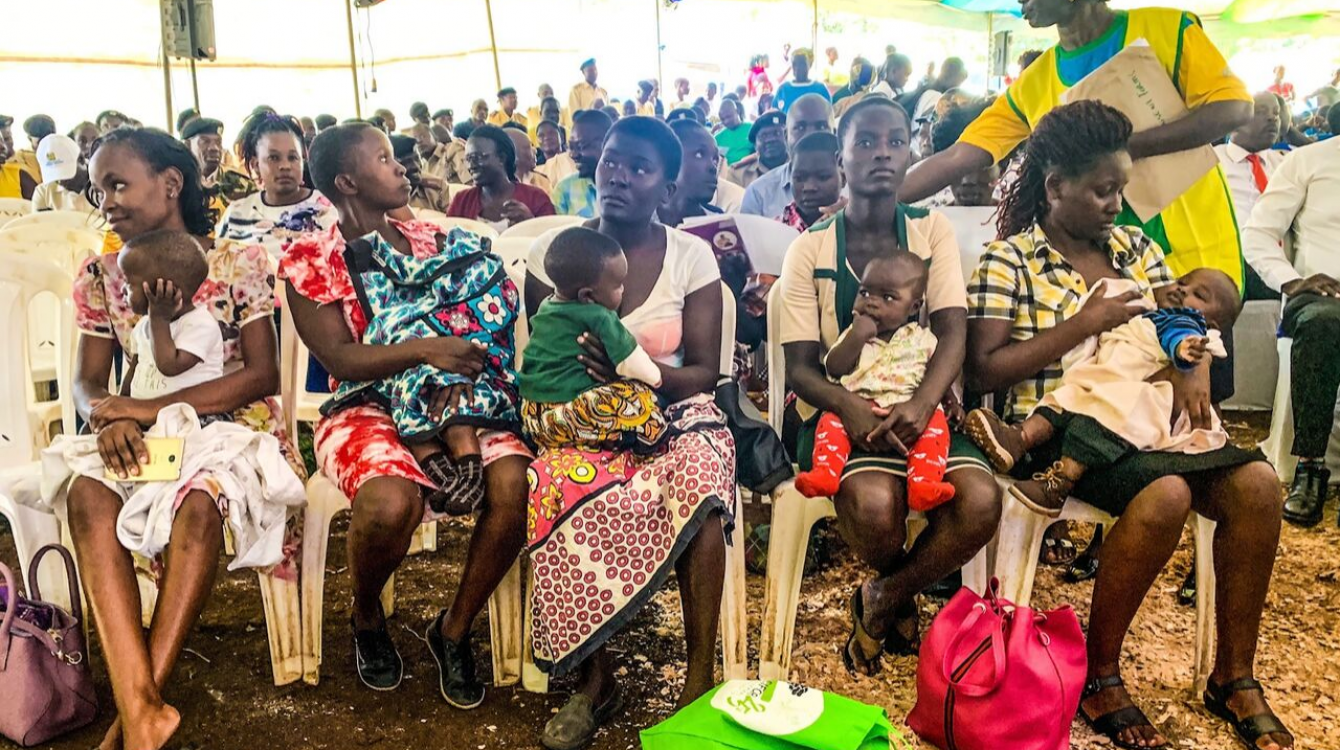By Dr Mercy Onsando
As Kenya Celebrates it 58th Madaraka Day, achievements have been made in all the sectors however, too many people in Kenya continue to die from preventable and treatable illnesses.
This comes despite numerous efforts by the government to commit to fight poverty, illiteracy, and diseases over the past 50 years.
The ratio of doctor to patient in Kenya is currently estimated at 1 doctor to every 16,000 patients.
This high number, coupled with underfunfing of the health ministry has made it almost impossible for the implementation of Primary Health Care (PHC) to all Kenyans.
Its systems are weak, Kenyan citizens are not well informed on what it is, what it’s not and its overall value on the citizens’ health. All these aspects lead to poor access and poor quality of PHC service delivery in the country.
In this opinion piece, I would want us to highlight a few aspects of PHC: and what the government and wthe role Kenyans can play in order to enjoy the benefits of the scheme.
Strengthening PHC
PHC is not just the provision of first-contact personal health care services, or a set of priority health interventions for low-income populaces, It addresses the majority of an individual’s health prerequisites all through their lifetime (from the time one is in his/her mother’s womb as well as when they are leaving in different environmental settings).
The health Scheme comprises physical, mental, and social well-being and it is people-centered rather than disease-centered.

PHC is a whole-of-society approach that includes health promotion, disease prevention, treatment, rehabilitation, and palliative care. PHC is supposed to be executed in 8(eight)components; which health education, Nutrition, Reproductive health services, Maternal and Child Healthcare, Water and Sanitation, Immunization programs, control of endemic diseases, and provision of essential medication, rehabilitation, and palliative.
Majorly, the Kenyan health systems and the community broadly focus on curative health care. This is demonstrated in the health budgets, health plans, and uptake of health services in the country. Most Kenyans are concerned about their health when they get sick. During other times most of them do not put any effort into prevention. The government on the other hand concentrates on curative at the extent of preventive and promotive. The government of Kenya’s health budget has its highest budget allocated to the curative and very little amount on preventive measures such as immunization, public education to mention but a few.
For example in FY 2019/2020, the total national budget approved by the national assembly was Ksh. 1.9 trillion. Ksh. 93 billion was allocated to the Ministry of Health(MoH) to finance national health programs.
The MoH allocated Ksh. 9 billion to Preventive and Promotive Health services which is one of the components of PHC services. The allocation to the public health sector in the FY 2019/20, represents 5% of the total national budget, which is far much below the 15% recommended by WHO while the PHC related programs (Preventive and Promotive Health (PPH)Health services) was 9.7% of the total health budget.
Health cost in Kenya is very expensive and this can be attributed to the observation that most people are sick with preventable diseases. Some citizens do not care concerning their health, we have people leaving in environments that are not clean, they have no water to wash their food or their hands this being a major way of preventing diseases.
A pandemic like COVID 19 that broke out in Kenya and other countries in 2020 has demonstrated that prevention can make us prevent the citizens from contracting diseases hence prevent the health systems from being overwhelmed. Prevention of disease will help our people to leave healthy lives, prevent diseases and also reduce death/mortality.
Moreover, the health facilities are not accessible in most of the community settings this is confirmed by the UHC pilot report generated by Kenya in 2019. Nevertheless, the movement in response to this issue has planned to establish health facilities closer to the people. But one very worrying thing is that most of the PHC supporting health facilities are poorly equipped, the doctor-patient ratio is poor.
In other instances, such facilities are often faced with medicine stock out. This in itself forces the citizens to be referred or refer themselves to the level 4&5 of the health facilities leading congestion and stretching to the health facility resources including but not limited to human resource for health.
Kenya among other countries has gone further and committed to implementing Universal Health Coverage (UHC) to ensure “health for all.” UHC is expected to promote quality, accessibility, and health that will relieve the citizens from the burden of health financing health.
PHC is a cornerstone of a sustainable health system for UHC and health-related Sustainable Development Goals (SDGs).

Call on the government to:
- Enhance PHC structures and implement the policies and plans developed recently and address the health system gaps that were identified during the UHC pilot as these gaps will hinder the success of PHC. The gaps included access, quality, the challenge of stock-out, and the burden of the financing. Kenyans have been funding their PHC services from their pocket.
- Allocate sufficient services to PHC programs in Kenya. The government should consider allocating 1% of its GPD and sustain this percentage. Most of the PHC services in Kenya are funded by donors we need the Kenyan government to transit to domestic financing for PHC programs. The health sector should increase its attention on preventive and promotive services.
- Relief the citizens from the burden of financing PHC services by ensuring that all the PHC services are included in the essential services package that should be 100% catered by NHIF.
- The government to promote community empowerment focusing on prevention and promotive and alongside this the government to give attention to the Community Health Workers/ Volunteers(CHWs/ CHVs) needs. These workers should be motivated and be equipped with the knowledge, skills, and equipment needed to have them support PHC work at the community level. The Community Health Workers need to be motivated by increasing their stipend. The stipend should be at least Kes. 10000 per month and should be standard for all the counties. Kenya should have in place laws to govern CHWs work in the health sector.
Call to the citizens to:
- The citizens need to know that they have a role to play regarding health services in Kenya. Majorly the citizens should obey the disease prevention protocols, for instance, eating healthy diets, staying in clean environments, social distancing, washing of hands among others. Citizens should be keen on new prevention knowledge or protocols and obey them. The community should participate during the public participation forums to share facts that will help in shaping policies and shaping budgets for PHC.


